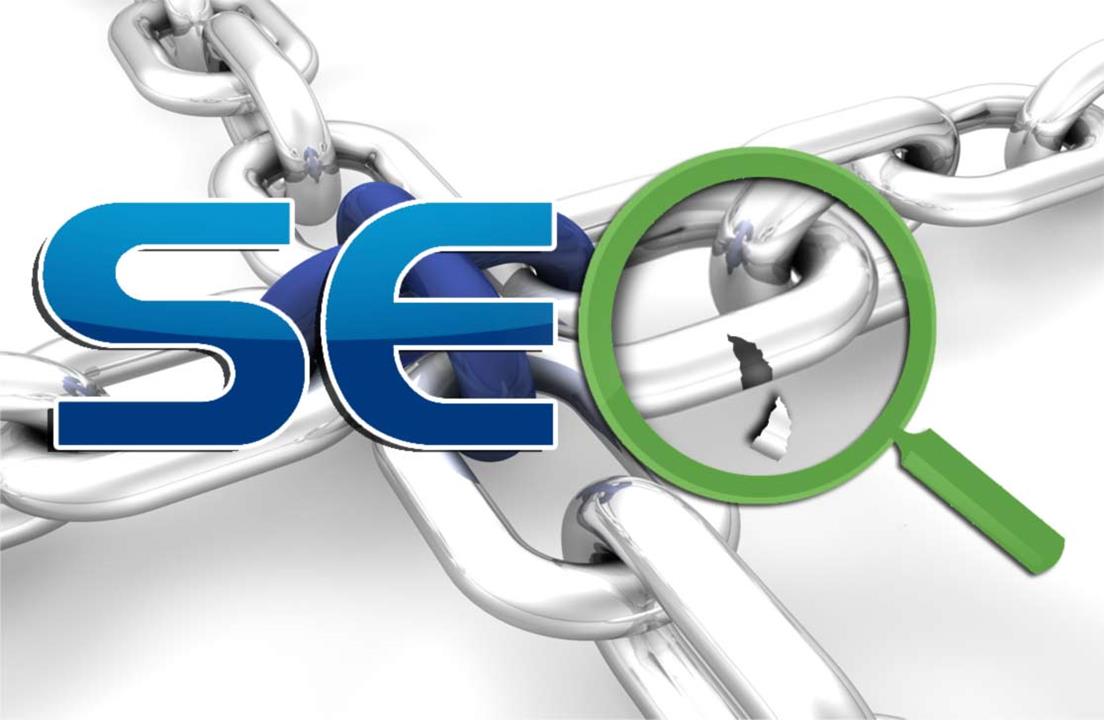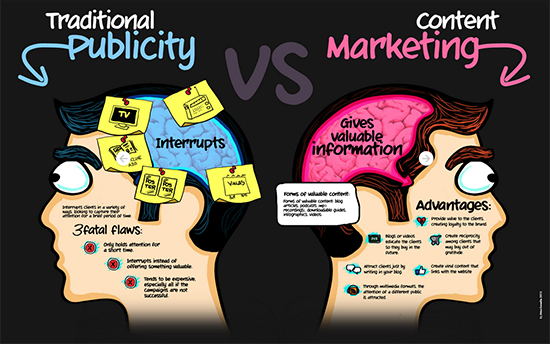Internal linking is very critical in SEO especially if you are using it for content marketing. It is one of the easiest ways to build your content and keep users scrawling different web pages on your site. Additionally, internal linking can be done continuously. You need to learn how to do it write because you are probably going to be doing it on an ongoing basis.
You can place internal links on blogs and other content in your web pages. But, what are internal links?
Definition: Internal links are links that connect one page to another different page on the same website.
Internal linking is done for 3 main reasons:
- To aid users in navigating the site in an easy and effective manner
- To describe the architecture of the site
- To distribute page authority of the site(try to make multiple web pages of a website rank)
How to Perform Effective Internal Linking
Internal linking boosts the SEO of a website because it provides a very clear path for search engine spiders to follow when crawling a site. It also extends the time a user spends on the website and creates a network of pages and posts. For it to be effective, internal linking must be done right.
1. Generate Volumes of Quality Content
You can’t build internal links without content. The first step is to create a lot of internal pages and posts and this means coming up with content for your site. When you have lots of link worthy content, you can generate links in more places. There is no strategy on how the links must be organized. You just need great content and plenty of links that are directing users to helpful places.
2. Choose Anchor Text instead of Images
Anchor texts are more beneficial, compared to linking images, in terms of SEO. Make sure you choose strategic anchor texts which are related to the information on the link. However, avoid keyword stuffing and use natural anchor texts.
3. Avoid Links to the Top Level Pages
Most people who are new in search engine optimization make one of the biggest mistakes which is linking to top level pages such as the home page and contact us page. These are pages which are probably already on the navigation menu and you don’t have to link them in the content unless it is very necessary. Focus on strengthening the inner pages in order to boost the overall SEO of that site. Don’t simply put more links to the homepage because this is one page that usually already has too many links. The best links are deep links that enhance the structure of the site.
4. Place emphasis on Natural Links
An internal link must provide value to the reader. It should engage the reader more. If it doesn’t, then it’s not a natural link. Natural links are the most engaging because the user sees how it matches the context of the content he/she is reading. Users are likely to click on the natural link if they are going to see related information. Think of it like this, if you create natural links that users will want to click on, they will stay longer on the site and become more involved. This will boost your overall website experience.
Don’t waste time building poor links because it will not have any benefit in terms of SEO. When you are linking to content, you are showing search engines that the page is very important that you want users to go straight there. This is a very important signal that increases the authority of your web pages. Thus, internal linking not only increases user engagement but it also has a significant impact on SEO.
5. Make sure the Content on both Web Pages has a Strong Connection
It is always important to link to pages which have relevant content. You can’t place a link on something completely unrelated on the web page and expect your users to want to click on that internal link. Try as much as possible to link to content that is related and relevant.
6. Do not Overuse Internal Links
Most importantly, you don’t have to place multiple internal links on a single piece of content. Maintain a reasonable number of links on every page. According to Matt Cutts “It seemed about right to recommend 100 links or so,” and “in some cases, it might make sense to have more than a hundred links.”
This simply suggests that there is no magic number when it comes to internal linking. You need to add as many links as you feel will be helpful to the user especially if you don’t already have a heavy navigation bar. Links on the footer can also have detrimental effects on your website rankings. Do not include spammy keyword-rick links on the footer. In 2013, many sites were hit with an algorithmic penalty for placing links on the footer.
Internal linking Dos and Don’ts
When all these practices are taken into account, internal linking is going to be one of the easiest SEO techniques for you. You need to go back and review your old content to make sure you are not committing any of the mentioned crimes. You can also add or remove links on your web pages for better SEO.









